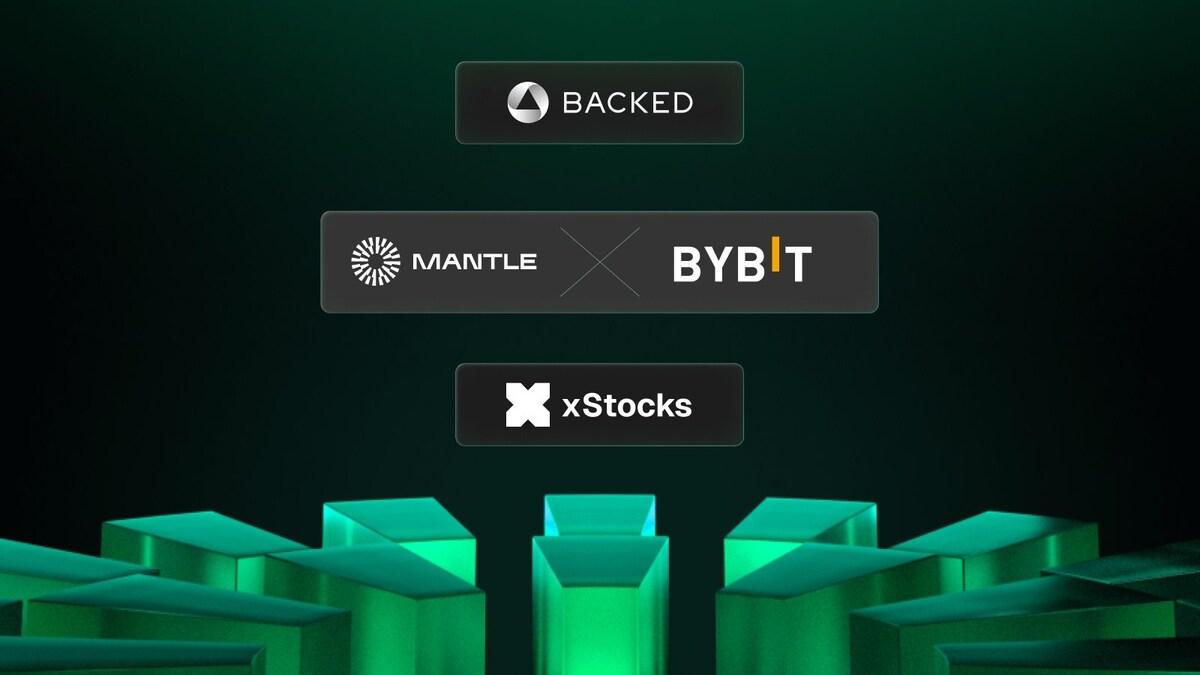The US Treasury and IRS have introduced Revenue Procedure 2025-31, providing crypto ETFs and trusts with a clear pathway to stake digital assets and share rewards with investors. This safe harbor resolves long-standing tax and legal issues that prevented institutional funds from joining proof-of-stake (PoS) networks. This development represents a major milestone for institutional crypto adoption. It aligns staking procedures with SEC compliance, offering the traditional finance sector a secure and compliant way to earn yield from cryptocurrencies. US Treasury and IRS Open Safe Harbor for Crypto Staking in ETFs The US Treasury and IRS have officially recognized staking as a tax-compliant activity for regulated investment products, marking a pivotal moment for crypto adoption. Under Revenue Procedure 2025-31, ETFs (exchange-traded funds) and trusts can now stake digital assets and distribute rewards directly to investors. It marks an unprecedented move that legitimizes staking within the traditional financial system. Treasury Secretary Scott Bessent revealed that the guidance “boosts innovation and keeps America the global leader in digital asset and blockchain technology.” Today @USTreasury and the @IRSnews issued new guidance giving crypto exchange-traded products (ETPs) a clear path to stake digital assets and share staking rewards with their retail investors. This move increases investor benefits, boosts innovation, and keeps America the…— Treasury Secretary Scott Bessent (@SecScottBessent) November 10, 2025 Safe Harbor Framework Enables Institutional Staking The new rule introduces a safe harbor for regulated crypto funds, defining how they can stake assets while remaining compliant with tax and securities laws. According to Consensys lawyer Bill Hughes, trusts may stake on permissionless proof-of-stake (PoS) networks if they: Hold only one digital asset type and cash. Use a qualified custodian for key management and staking execution. Maintain SEC-approved liquidity policies, ensuring redemptions with staked assets. Keep independent, arm’s-length agreements with staking providers, and, Restrict activities to holding, staking, and redeeming assets, meaning no discretionary trading. This structure goes beyond safeguarding investors, removing the long-standing legal and tax uncertainty that deterred fund sponsors from integrating staking yield. “[The guidance] transforms staking from a compliance risk into a tax-recognized, institutionally viable activity,” Hughes explained. Analysts Call It a “Game Changer” for Crypto ETFs ETF analyst Eric Balchunas highlighted the development, recognizing Bessent’s post as the first time the Treasury Secretary tweeted about ETFs. Safe to say this is the first time Treasury secretary has tweeted about ETFs https://t.co/mGvx5Zh099— Eric Balchunas (@EricBalchunas) November 10, 2025 Market analysts view the decision as a turning point for Ethereum, Solana, and other PoS networks. BMNR Bullz, a popular account on X (Twitter), described it as a big win for Ethereum and crypto ETFs, predicting it could unlock significant institutional capital. “Another big win for Ethereum & crypto ETFs… this is the kind of regulatory clarity that unlocks trillions in institutional capital. ETH is leading the charge with record stablecoin volume, institutional staking, and tokenized assets all booming on Ethereum. If ETFs can offer staking yield directly to investors, that’s a game changer for mainstream crypto adoption,” they wrote. Ethereum’s staking yields have averaged around 2.98% over the past six months, according to Grayscale research, while Solana typically offers between 4% and 8% annually. These rates could soon be incorporated into ETF products. Staking Reward Rates Across Ethereum and Solana. Source: Grayscale Research “…staking is now tax-recognized, compliant, and ready for institutions to fully take advantage,” said Eleanor Terret, host of Crypto America. Industry surveys echo the demand for such clarity. EY’s 2025 Institutional Investor Digital Assets Survey identified regulatory ambiguity as the top barrier to adoption. Amundi Research similarly found that legal certainty and strong custody frameworks are key to mainstream acceptance. The new tax-recognized framework paves the way for staking-enabled ETFs and trusts to become standard offerings. Products like REXShares’ Ethereum Staking ETF, launched in September 2025, have already demonstrated strong investor appetite. For both retail and institutional players, the development transforms staking from a niche crypto activity into a compliant, yield-generating financial strategy. With the US now providing the clearest legal path yet, more capital is likely to flow into PoS ecosystems. This could strengthen network security, decentralization, and investor confidence in the next phase of crypto integration. The post Staking Gets Tax Clarity: New US Rules Let ETFs Share Rewards With Investors appeared first on BeInCrypto.

Related Articles & Analysis
Crypto News Today, November 10 – Why Is Crypto Up Today? Trump Stimulus Checks Push BTC Above $106K, XRP Price +8%: Best Crypto to Buy Now?
99bitcoins

Mantle Collaborates with Bybit and Backed to Bring U.S. Equities Onchain, Pioneering Next Trillion-Dollar Wave of Tokenized Assets
TheBitCoinNews

Best Crypto to Buy Now 10 November – XRP, Cardano, Pepe
CryptoNews.com

ICP Price Prediction: Coinbase Launchpad Speculation Fuels 235% Rally as ICP Breaks Out of Multi-Year Slump
CryptoNews.com

Perplexity AI Predicts the Price of XRP, Solana, Zcash by the End of 2025
CryptoNews.com

Institutional XRP ETF Boom Looms as DTCC Adds Five Listings, Analysts Map $10 Path
NewsBTC
